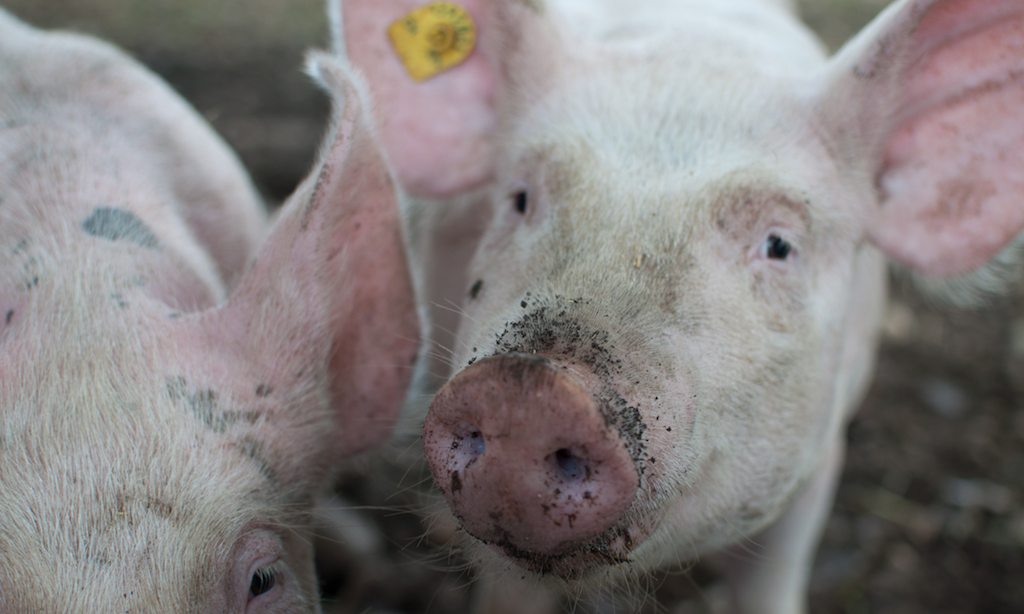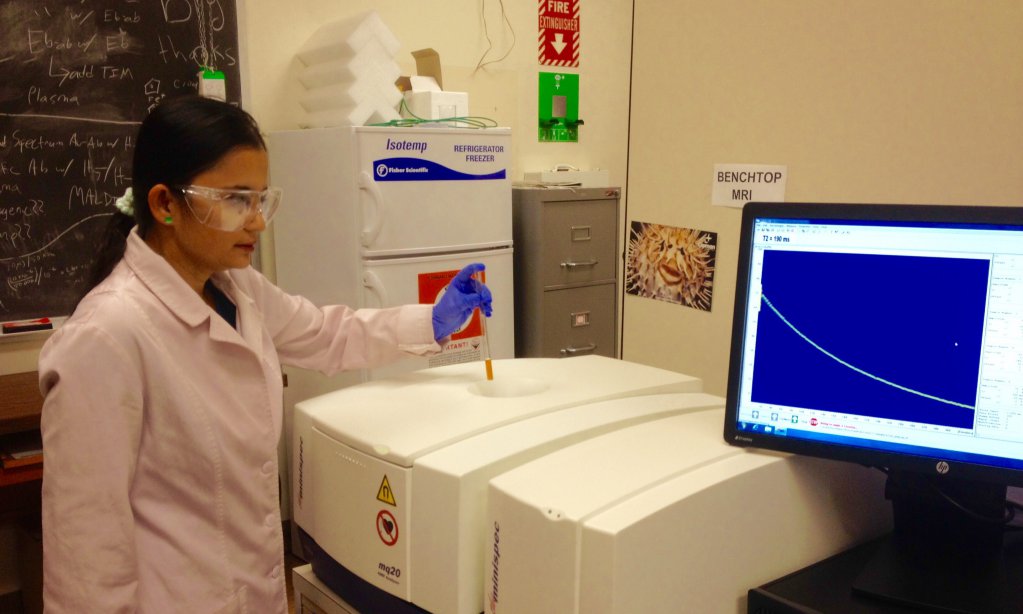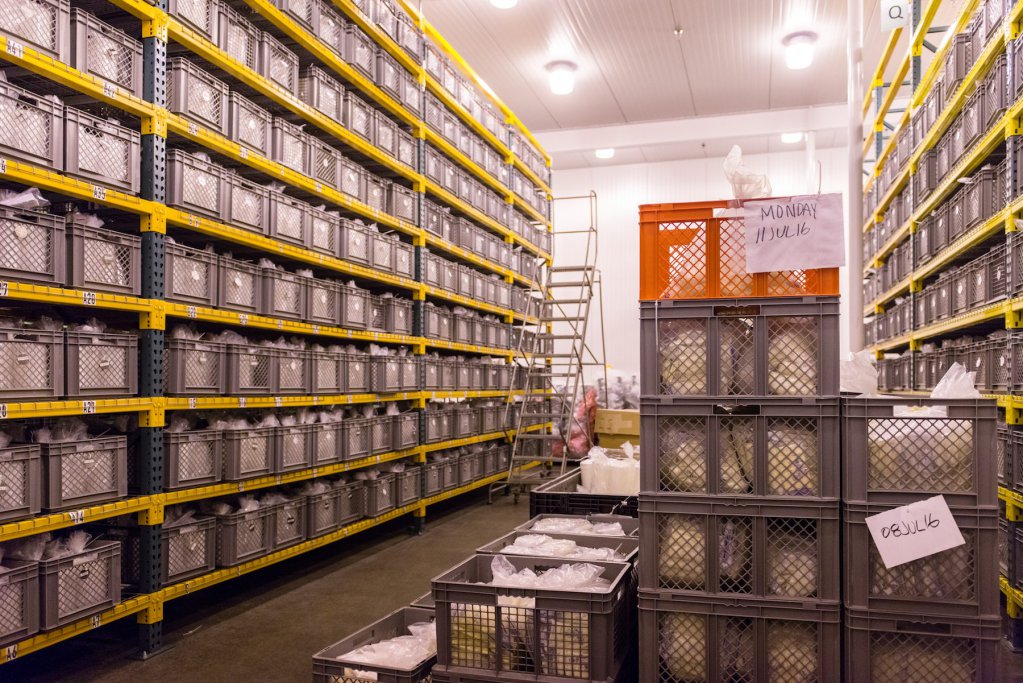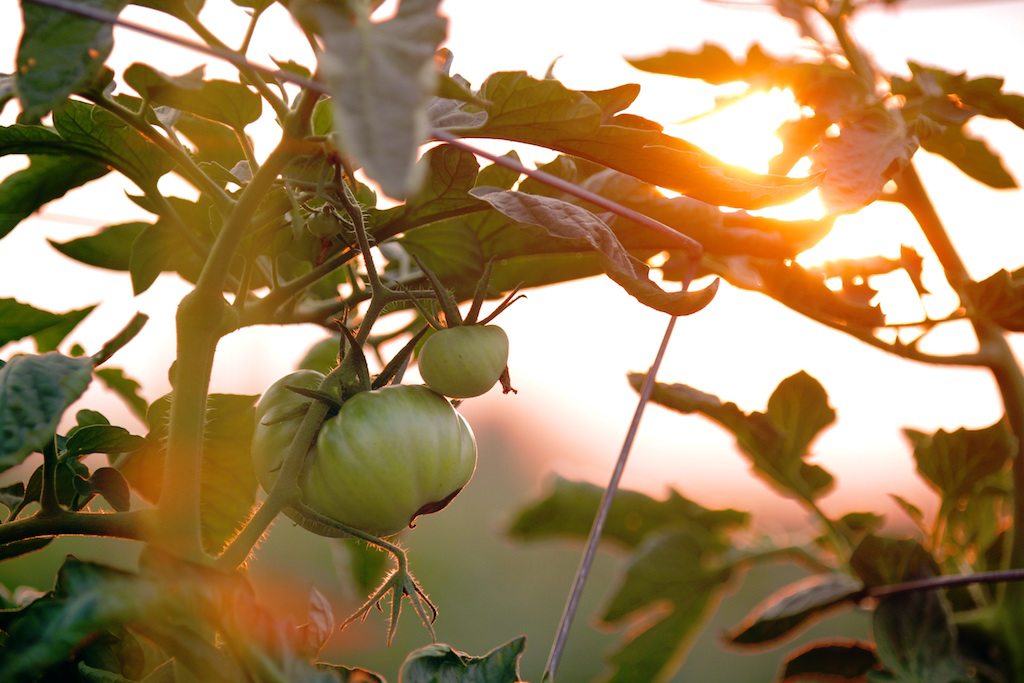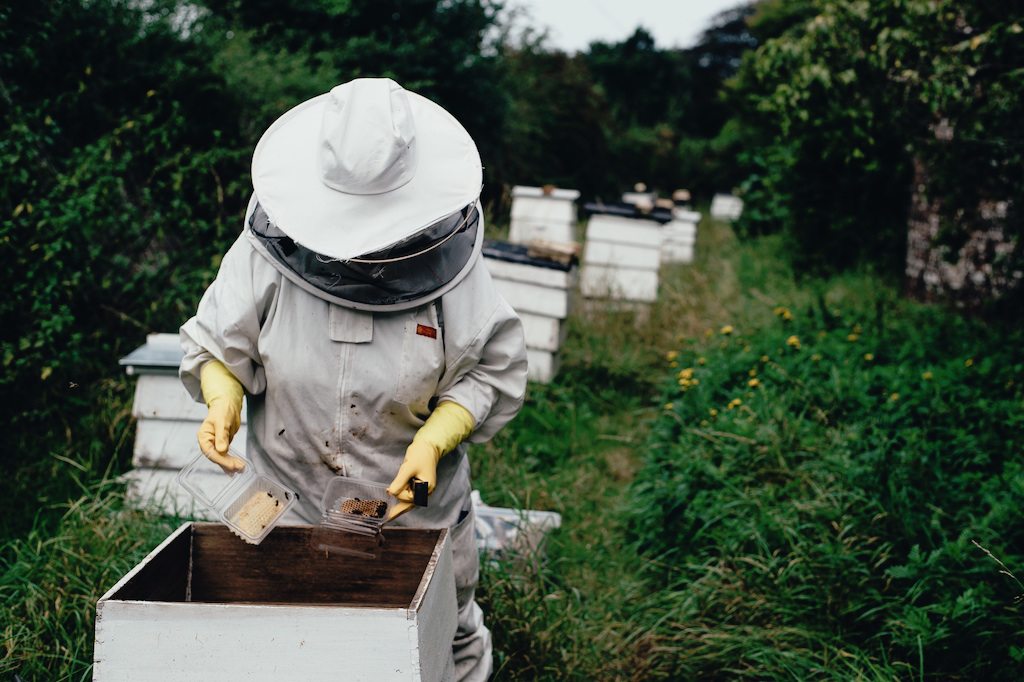The hog days are over. Two days before Christmas in Peoria, Illinois, the raucous refrain of an historic and once-thriving rural enterprise went silent for good. As the Saint Louis Post-Dispatch reported last week, the Peoria Stockyards sold its final load of hogs on December 23 and no more animals will be accepted for sale.
If the Midwestern landscape only feels familiar to you in an outta-the-window, road trip kinda way, “stockyard” may sound like an exotic bit of ag ephemera. But through much of the 20th century, the yards and their pens and alleys cut a wide swath through the center of the country as the primary channels through which animals moved from producer to packing plant. Processing was a booming business, especially post-World War II, as consumers with more disposable income demanded better cuts of meat.
At peak prosperity, throughout the 1940s, one million head were handled in Peoria. That’s about as many hogs as humans live in the state of Montana. As a 2012 article in Peoria magazine put it, the yards “provided food for central Illinois, Eastern markets, U.S. troops and the United Nations’ lend-lease requirements. If all the livestock handled in 1942 was arranged in a single-file line, it would have extended 1,000 miles from Peoria to Grand Junction, Colorado.”
Peoria was the last of eight major Midwestern hog auction terminals to close (it was also the eighth largest and one of the oldest) and marked the tail end of a series of stockyard declines–the inevitable result of trucks replacing rail cars and stockyard packing plants falling behind the times. Though, Peoria’s demise could be considered the byproduct of progress of another kind, too. As the Pork Network reported on Friday: “Over the decades, the number of U.S. hog farms has consolidated, leaving fewer – but larger – producers of the country’s pigs. An increasing number of swine, too, are being sold directly to mega packers, such as Smithfield Foods, which is owned by China’s WH Group Ltd.”
Lest we should think the closure of this Midwestern swine city is a nod to the (somewhat) new nationwide enthusiasm for small-scale production, the Pork Network piece goes on to quote Ron Plain, a University of Missouri livestock economist: “Losing these markets make it tougher on smaller producers … because they never sell very many hogs at a time and it’s costly hauling them to packing plants.” Enough said?
